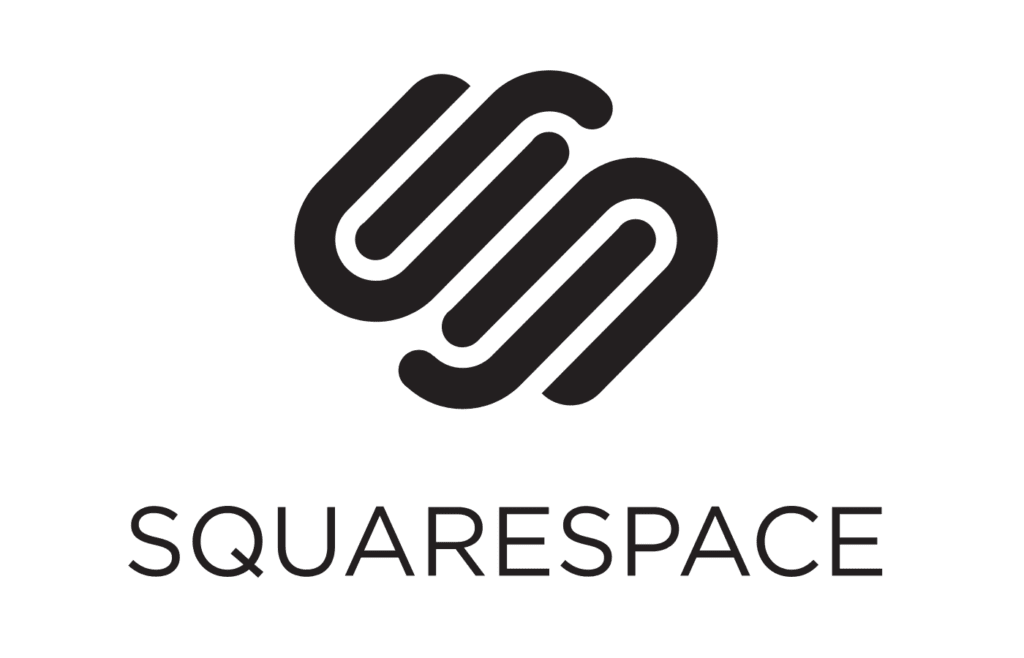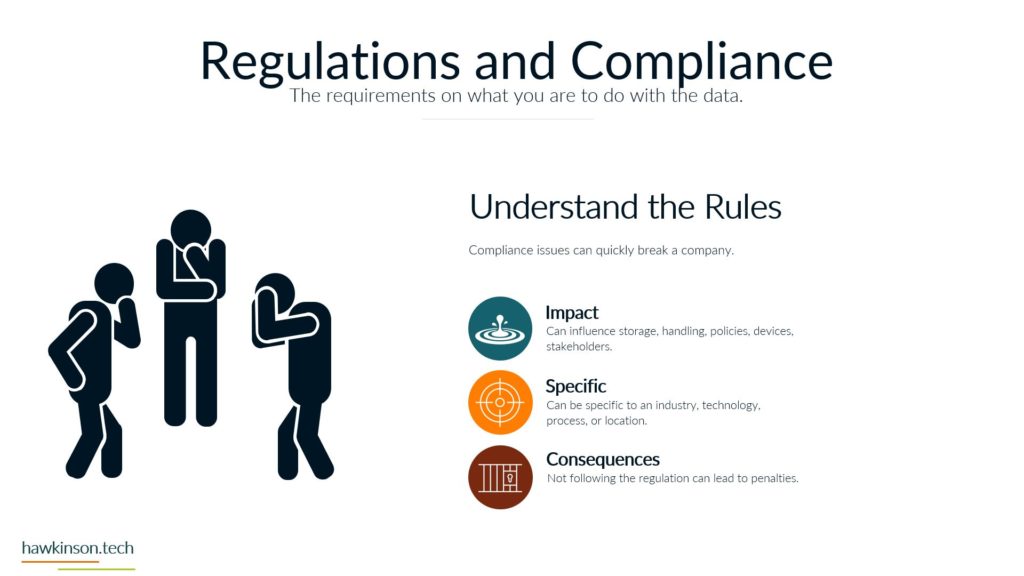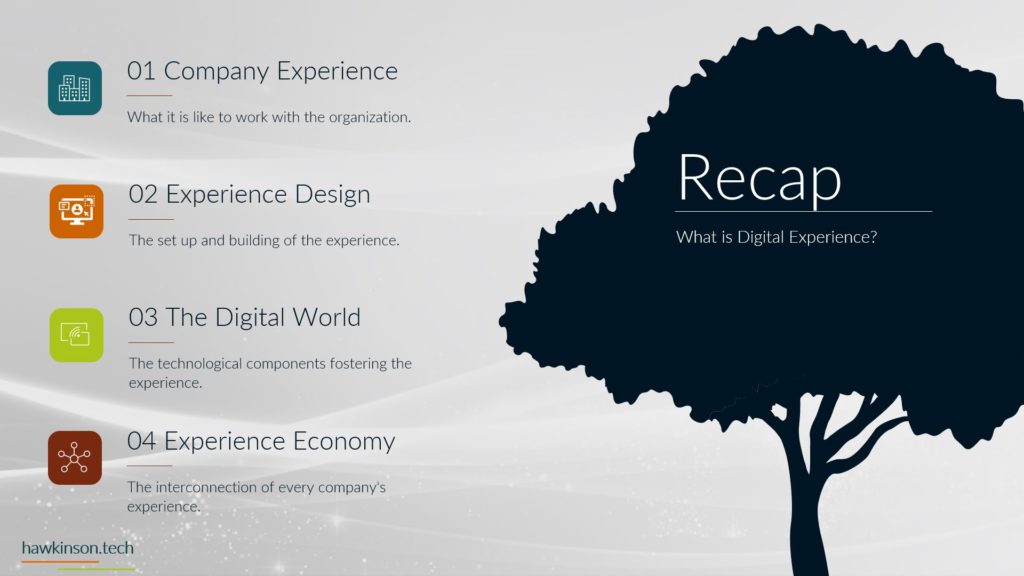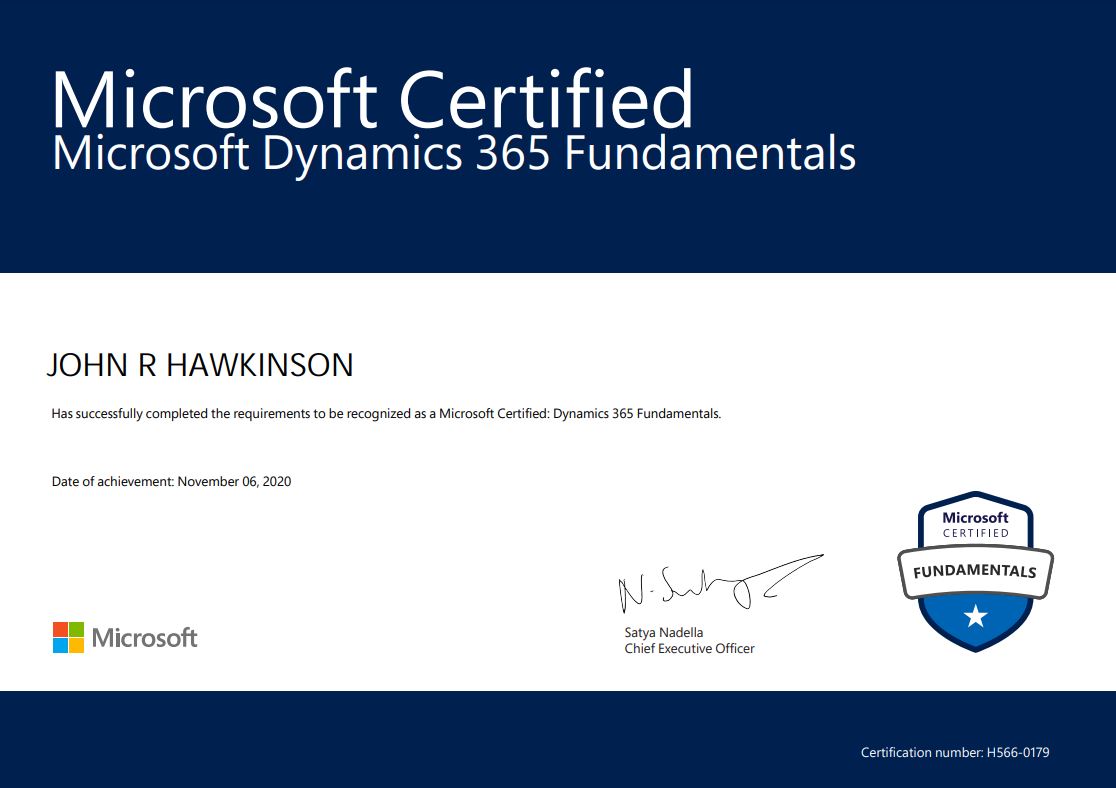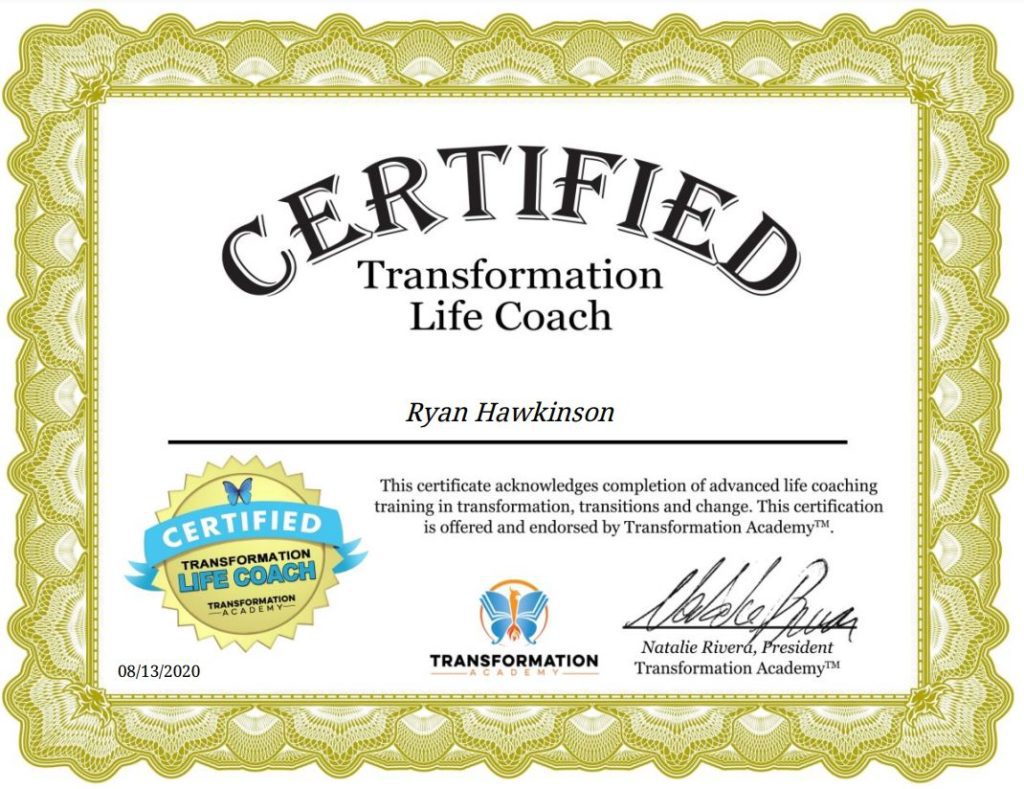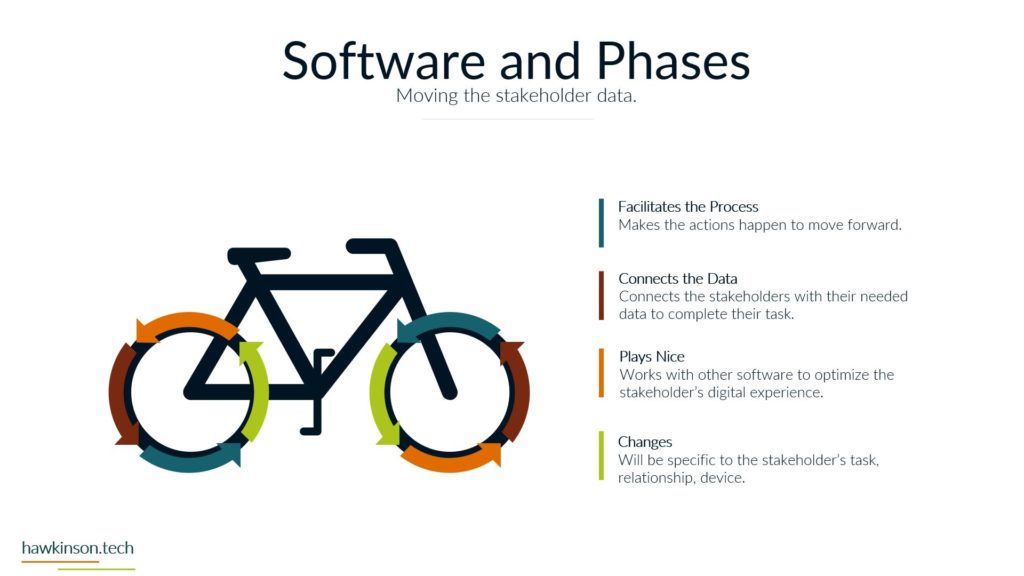Wix is a website builder featuring a drag-and-drop editor, themes, and fantastic features that make it incredibly simple to design anything, from small company websites to personalized portfolios. It is ideal for new users, creators, and small enterprises. Wix has many features, great SEO tools, and numerous apps. There are more than 800 fully editable and expertly designed templates available. It allows anyone, including those without prior technical knowledge, to design a stunning website easily.
Key Features
Usability
Wix is fully user-friendly for beginners, and users love the drag-and-drop editor. Moreover, Wix ADI is available if you want Wix to design a unique website.
Customer Support
Wix has one of the greatest options for assistance and guidance. If you switch to a more expensive plan, it provides a chat feature, phone support around-the-clock, and VIP care. Wix incorporates question-mark buttons to help you as you develop into its website editor to access its support tools.
Extensive Templates
There are more than 800 templates available on Wix. You’ll discover that most designs align with the most recent trends, despite some needing to be updated.
Every Wix template is mobile-friendly and is grouped into many categories of websites, including business, writing, and photography. This implies that your website will dynamically adjust to meet the screen sizes of both mobile phones and tablets.
eCommerce
With its eCommerce and Business options, E-Commerce Wix enables you to convert your site into an online marketplace. You may sell goods, accept payments, and control your stock all in one location with the assistance of these plans. Moreover, it has several options that can be used to advertise your company and turn viewers into paying clients.
Other Features
- Easy to use
- Drag and drop functionality
- Built-in SEO tools
- Artificial Design capability
- Mobile app available












